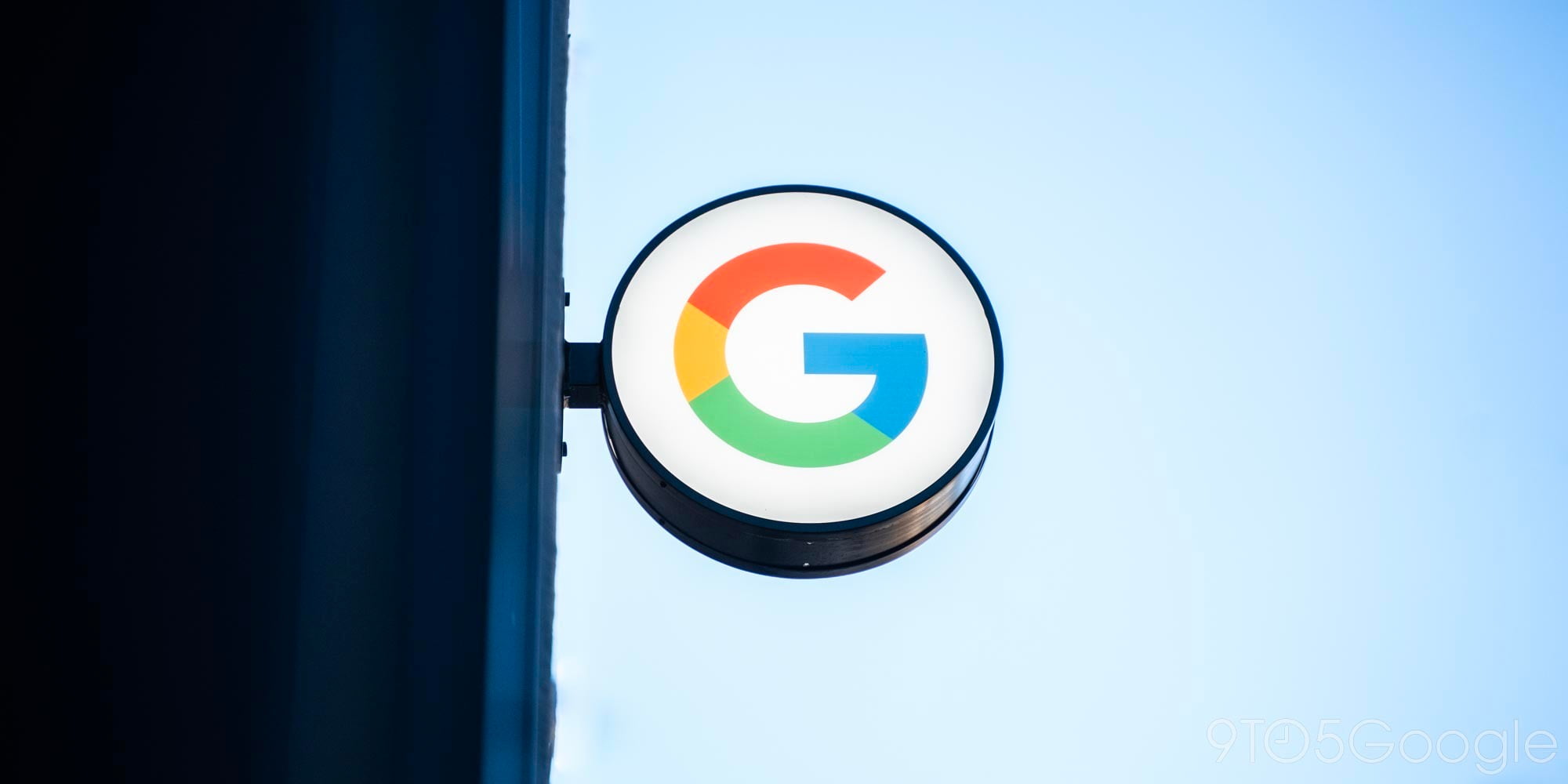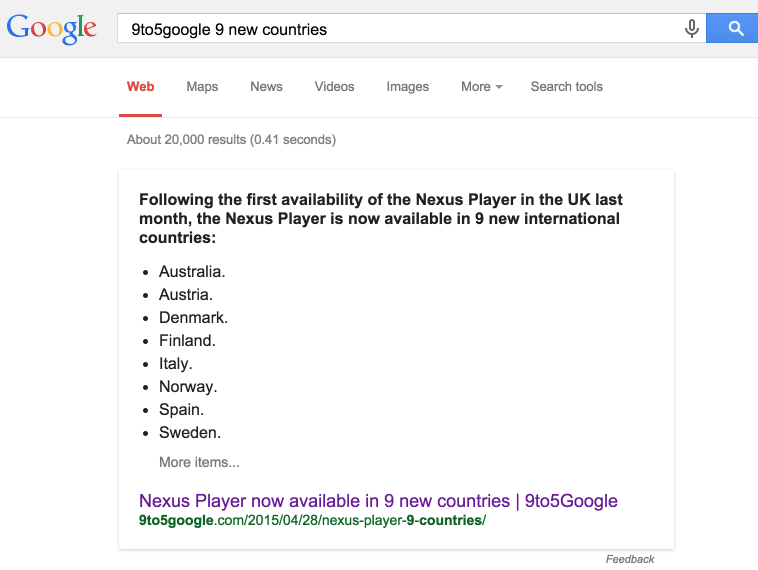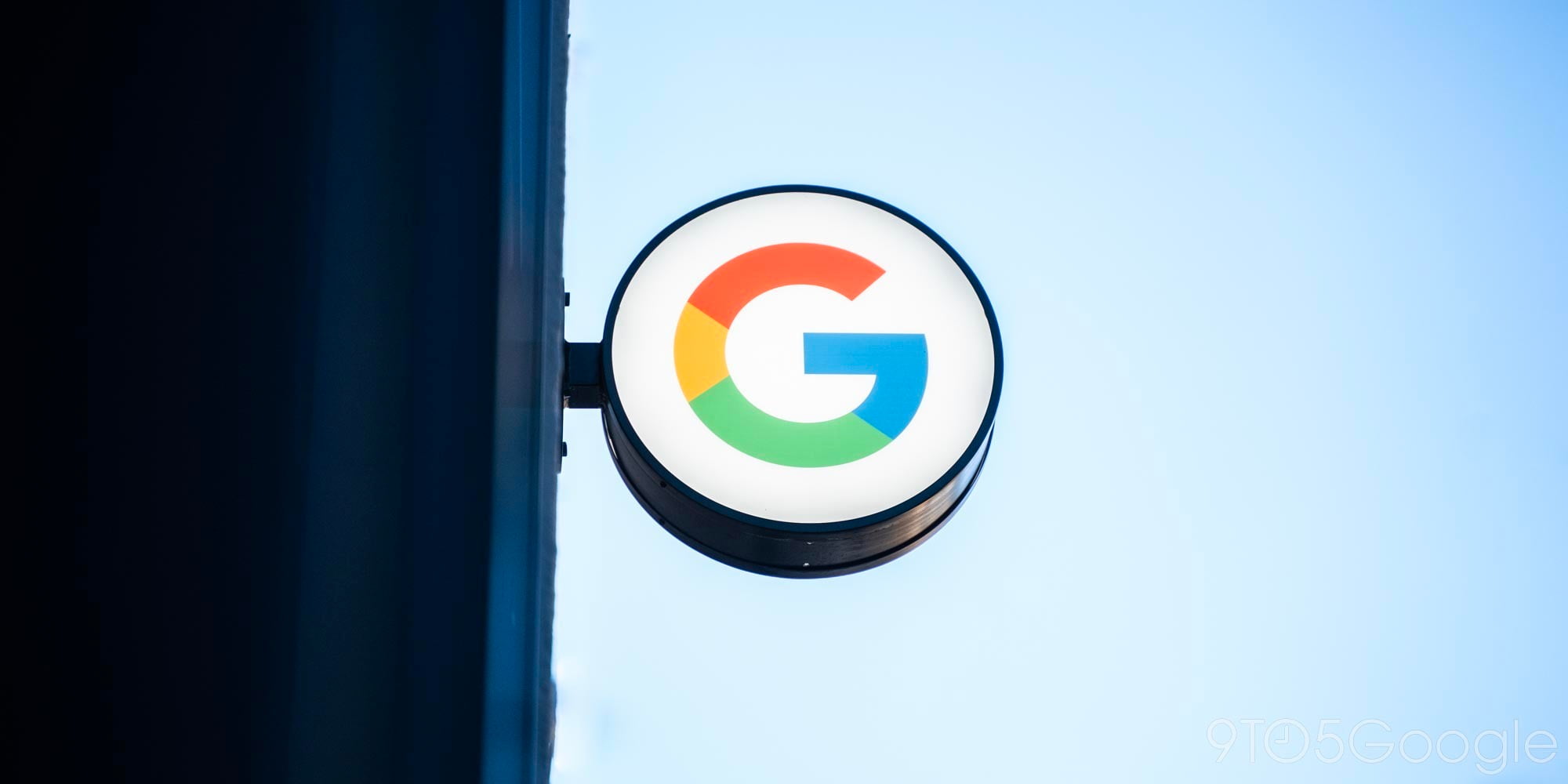Opinion: What will Google’s single search result end game mean for content?


The Knowledge Graph is a controversial—but now fundamental—part of using Google, and for most casual browsers of the web, it’s nothing but an added convenience. It already does a great job of figuring out which pieces of information are most important and accurate, and gives them to you directly within the Google search page—there’s no need to go digging through countless results to find what you want. I myself even find it useful very often, usually when I’m searching for specific facts. Something like “When was George Washington born?” is a great example.
But I’m also wary of how intelligent it has gotten in recent years, and how much more integral to the Google experience it is becoming. Not only is Google pulling content from crowd-sourced Wikipedia articles, it is now getting smart enough to pull some of the content I’ve written on this website. Knowledge Graph has been known to bring death to many pages hosting all kinds of content, with lyrics websites being the perfect example. But what happens when Knowledge Graph and its Quick Answer box are so smart that you don’t need to browse the web at all?



